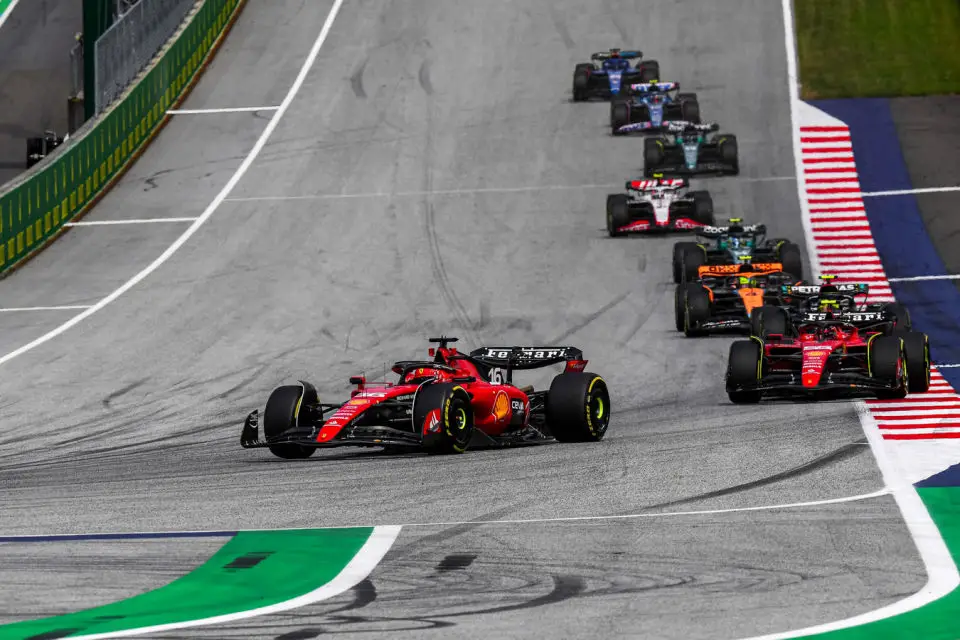FIA’s Revolutionary 2026 F1 Regulations: Lighter, Smaller Cars for Enhanced Performance
In a significant overhaul for 2026, the FIA has announced plans to significantly reduce the weight of Formula 1 cars. The new regulations are set to bring lighter, shorter, and narrower vehicles to the track, aimed at enhancing racing performance and dynamics.
Key Takeaways:
- Significant Weight Reduction: The FIA’s 2026 plans include shedding 50 kgs from F1 cars to make them lighter, coupled with changes in car dimensions – narrower wheels and a smaller overall size.
- Active Aero and Hybrid Energy Concerns: The introduction of active aerodynamics is designed to manage drag on straights, while the new power distribution requirement between electric and internal combustion engines raises questions about the racing dynamics.
- Balancing Racing Essence and Innovation: Nicholas Tombazis, the single seater director, emphasizes the FIA’s commitment to maintaining the essence of wheel-to-wheel racing in F1, ensuring that the new regulations enhance the sport without detracting from its core appeal.

The FIA’s decision to introduce lighter Formula 1 cars in 2026 marks a significant milestone in the evolution of the sport. This move, which entails a reduction of around 50 kgs in car weight, is expected to transform the racing experience for both drivers and fans.
Nicholas Tombazis, the single seater director, provided insights into the upcoming changes. He stated, “With the dimensions of the wheels, which will be narrower, plus with the rear wing and the car in general, we aim to reduce the weight of the cars by around 50kg.” This indicates a strategic approach not just to the car’s weight but also its overall dimensions, leading to vehicles that are “shorter and narrower.”
The 2026 regulations also include a plan to implement active aerodynamics to manage drag effectively on straights. However, these changes haven’t been without controversy. There’s a palpable concern among drivers and team principals regarding the impact of the power unit rules on the inherent wheel-to-wheel racing aspect of Formula 1.
A significant change involves the requirement for a 50-50 power distribution between electric and internal combustion output. This alteration has raised questions about the necessity for drivers to adapt their racing strategies, particularly concerning the management of hybrid systems on straights.
Despite these concerns, Tombazis reassures that the FIA is diligently working to ensure that the racing integrity of the sport is preserved. He explains, “A lot of work has been done to understand how energy recovery and management will have to be done, and how overtaking can be done based on the aerodynamic configuration.” This suggests a thorough consideration of various factors to maintain the excitement and competitiveness of Formula 1 races.
Additionally, Tombazis addressed the concerns about the power output of the 2026 cars. He mentioned that the apprehensions are based on outdated positions and assured that recent developments have been very positive. He emphasized the synergy between the engine and chassis, stating, “We also need to take into account that the engine and chassis will have to evolve together, and it will not be possible to think of one without the other.”
In conclusion, the FIA’s 2026 regulations represent a bold step towards a new era in Formula 1. While the changes are substantial, the focus remains on preserving the essence of the sport while embracing technological advancements. As the sport gears up for this significant transition, the excitement and anticipation among the Formula 1 community continue to build.


